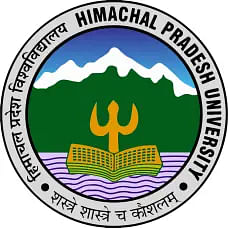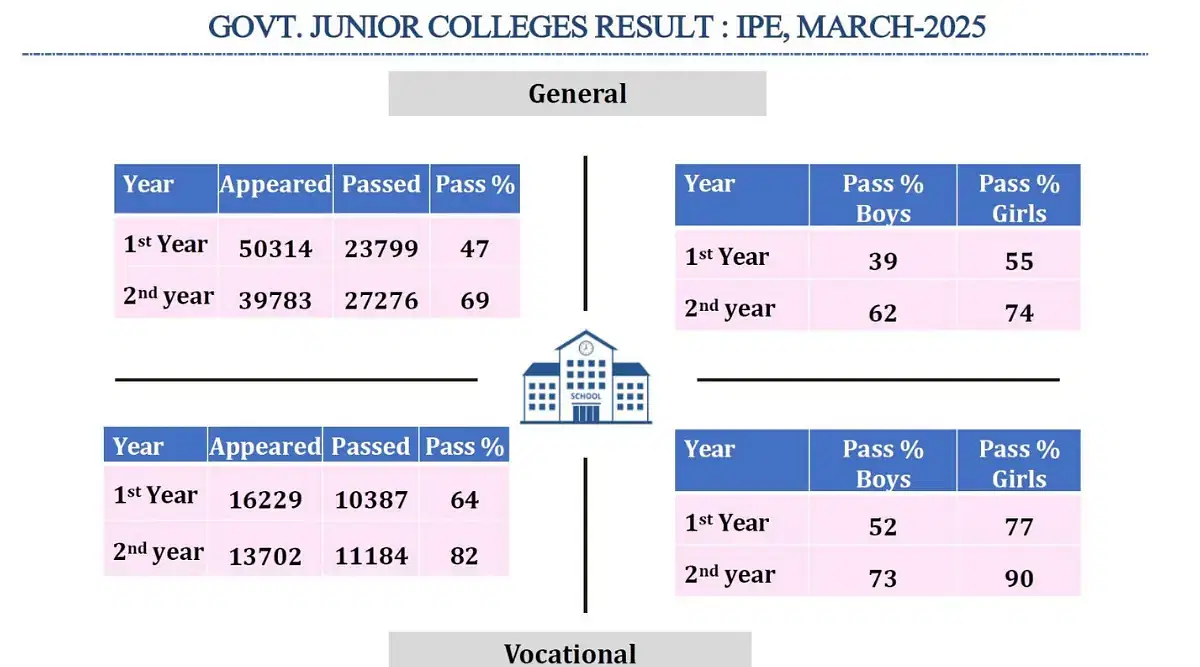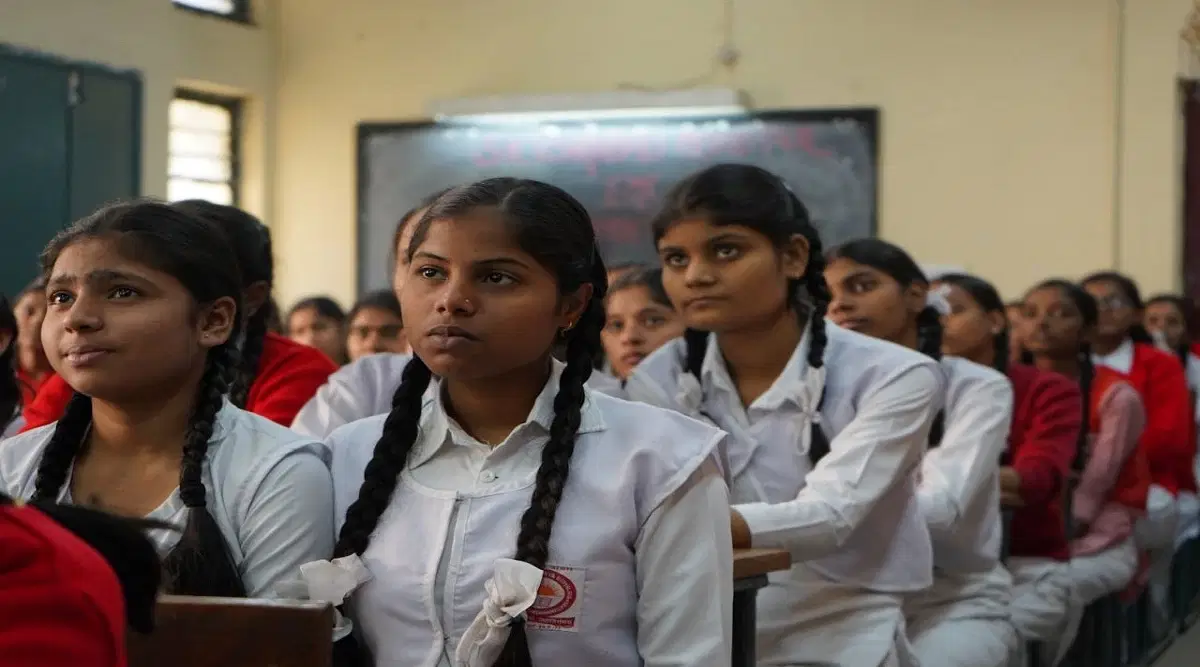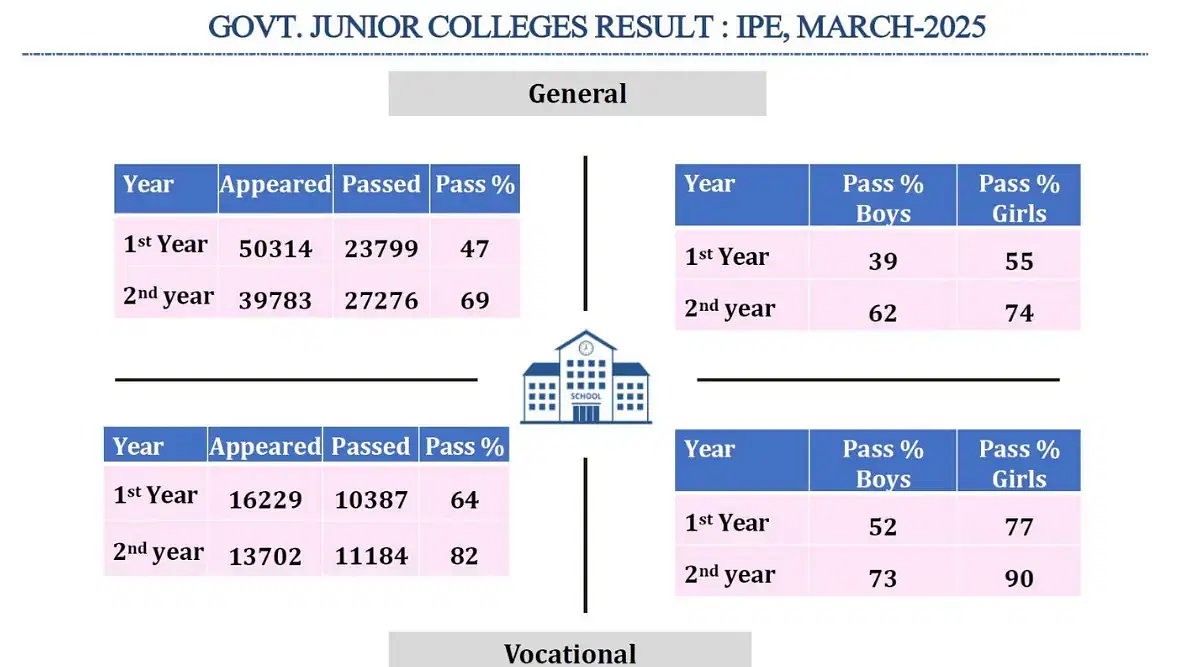Going through the IBPS PO Interview questions resource is a one-stop solution for candidates to complete their interview preparation from start to finish.
Table of Contents
Going through the IBPS PO Interview questions resource is a one-stop solution for candidates to complete their interview preparation from start to finish. Accomplishing the interview round requires abilities and information that every candidate should know. Because the top IBPS PO interview questions answered in the interview segment cannot be foreseen, knowing all of the essential facts will be an advantage.
However, you need not worry as we have offered the ultimate IBPS PO interview questions resource in this blog.
25 Best IBPS PO Interview Questions and Answers
Aspirants should go through some of the most important IBPS PO interview questions listed below to boost their preparation.
1. Tell us something about yourself.
Here you must mention your name, age, educational background and previous work experience, if any. Talk about your parents, their occupations, and if they are from the non-banking sector, justify your choice for banking as a profession. Moreover, talk about your hometown, its cultural significance, and your comfort levels with relocating to a different place for work.
2. Why do you want to work in the banking industry?
The banking sector is profitable and crucial to our economy. It provides rigorous responsibilities as well as possibilities for skill and knowledge development. The dynamic aspect of the business, as well as its importance in the economic landscape, is why working in the banking sector is most candidates' dream.
3. What is the difference between the old tax regime and the new tax regime?
The unveiling of the new tax regime in the Union Budget 2020-21 marked a significant change for all individual taxpayers. The former income tax regime with current income tax deductions and exemptions is available to taxpayers. The new income tax system, includes lower tax rates and fewer exemptions. So, when you prepare for your bank interview, make sure you understand the two tax regimes and the implications for taxpayers.
4. What is the difference between FDI and FII?
Foreign Direct Investment (FDI) is an investment made by a corporation in a nation's foreign company, making them stakeholders. On the other hand, FII (Foreign Institutional Investors) refers to foreign corporations investing in a country's stock market.
|
FDI |
FII |
|
Investments made by a parent company in a foreign business |
Investment made in a foreign market by investors |
|
Flows in the primary market |
Flows in the secondary market |
|
Long-term investment |
Short-term investment |
|
Entering and exiting the stock market is comparatively difficult as FDI targets a specific market |
Easy entry and exit into the stock market |
5. What is meant by the Gross Domestic Product of a country?
The Gross Domestic Product of a country is the total value of all products and services generated within its geographical region. GDP is computed by adding up consumption, investment, and exports, and subtracting imports from the total.
6. What is the difference between a nationalised and a private bank?
A nationalised bank is owned by the government of that country and is also known as a public sector bank, whereas a private sector bank is held by an independent individual or firm.
7. What is “CASA” in banking terminology?
CASA is an acronym that expands to a Current Account Savings Account. The CASA ratio indicates how much of a bank's total deposit is in the form of current and savings account deposits. A greater CASA ratio indicates that the bank is functioning more efficiently because there is no interest due on current accounts, but the bank pays a meagre 3.5% interest on savings accounts. Essentially, the CASA ratio indicates how much of the bank's deposit originates from current and savings deposits.
8. What are the components of any bank’s capital?
A bank’s capital can be divided into three tiers as follows:
- Tier 1 capital: - Paid up capital (core capital) + Reserves (owners or promoters’ fund)
- Tier 2 capital: - Secondary Capital (borrowed funds) + general loss reserves + subordinated term debts + undisclosed reserves (can’t be maintained in India)
- Tier 3 capital: - Same as tier 2 capital but with a higher amount to face the market risks of the bank.
9. What is Capital Adequacy Ratio? What is a DEMAT account?
CAR is the capital-to-risk ratio of banks. DEMAT accounts are those that store shares, stocks, and insurance policies electronically.
10. What is inlation and deflation?
Inflation is defined as an increase in the prices of goods and services caused by increased demand of products/services and decreased supply. With inflation, there is greater liquidity in the market, which must be regulated to lower customer purchasing power. Deflation is the drop in the prices of goods and services caused by an increase in supply and a decrease in demand for the relevant goods and services. When there is a dearth of liquidity in the market, people's purchasing power is quite low.
11. What is CAD and fiscal deficit?
Current Account Deficit, abbreviated as CAD, is the difference between a country's imports and exports in one fiscal year, whereas fiscal deficit is the difference between a country's total revenue and expenditure.
12. What is the banking ombudsman scheme?
The banking ombudsman scheme listens to consumer complaints and concerns about specific services offered by the bank. It was implemented by the RBI in 1995 under Section 35 A of the Banking Regulation Act, 1949, and was later changed to become the Banking Ombudsman Scheme, in 2006. Customers can appeal the ombudsman's judgement to the deputy governor of the RBI, who is the ultimate appellate authority. The scheme applies to all banks in India.
13. What is meant by a brown label ATM?
Brown Label ATMs are those a private operator invests in the installation and maintenance of the ATM but a commercial bank provides the licence and branding.
14. What is a white-label ATM?
White Label ATMs are those operated by corporations or private individuals who want to earn a fee from banks for transactions done by their clients. As an example, consider the TATA group's INDICASH.
15. What are the parts of RBI’s monetary policy?
Monetary policy components of RBI include the CRR, REPO rate, reverse repo rate, SLR, MSF, and bank rate.
16. What is the REPO rate and reverse REPO rate?
The repo rate is the interest rate at which banks borrow from the RBI when funds are scarce. This is a short-term loan for up to 90 days issued by selling securities to the RBI and getting money in exchange. The reverse repo rate is the rate at which banks deposit excess liquidity with the Reserve Bank of India. In other words, the reverse repo rate is the rate at which the RBI borrows from banks by selling assets to limit excess liquidity in the market.
17. What is meant by Term REPO?
The RBI loans amount to banks through an auction of money under term repo. Because the interest rate is auctioned, the minimum interest charged must be greater than the repo rate, and there is no maximum interest rate.
18. What is Para banking?
Apart from day-to-day banking, para-banking encompasses all services supplied by banks. Debit cards, credit cards, life insurance products, cash management services, and so forth, are examples of para-banking.
19. What is APR?
APR stands for the annual percentage rate calculated every year. It is a fee or interest that a bank charges its clients for utilising its services such as loans and credit cards.
20. What is the difference between amortisation and negative amortisation?
Amortisation refers to loan repayment through instalments to cover the principal amount plus interest, but negative amortisation occurs when the repayment of the loan is less than the loan's accrued interest.
21. Explain loan grading
Loan grading is the rating of a loan based on numerous risks and factors such as repayment risk, the credit history of the borrower, and so on. Based on the loan's stability and risk, the system assigns it to one of six categories.
22. Who is a co-maker?
A co-maker or signer is someone who signs a note to guarantee loan repayment on behalf of the principal loan applicant.
23. What is meant by line of credit?
A line of credit is an arrangement between a bank and a borrower to offer a set amount of loans on demand by the borrower. The borrower can withdraw the funds at any time and just pay interest on the amount withdrawn.
24. What is a payday loan?
A payday loan consists of a small amount and is a short-term loan with a high interest rate.
25. What is a charge-off?
When a borrower is deeply in debt, a charge-off is a declaration made by a lender to the borrower for failure to pay the remaining amount. The outstanding balance is written off as a bad debt.
Also Check: SBI PO vs IBPS PO - Salary, Syllabus, Selection Process
These are some of the most commonly asked IBPS PO interview questions. Candidates preparing for IBPS PO and other banks' recruitment examinations should conduct online research and thoroughly prepare responses to as many questions as they can find.





















POST YOUR COMMENT